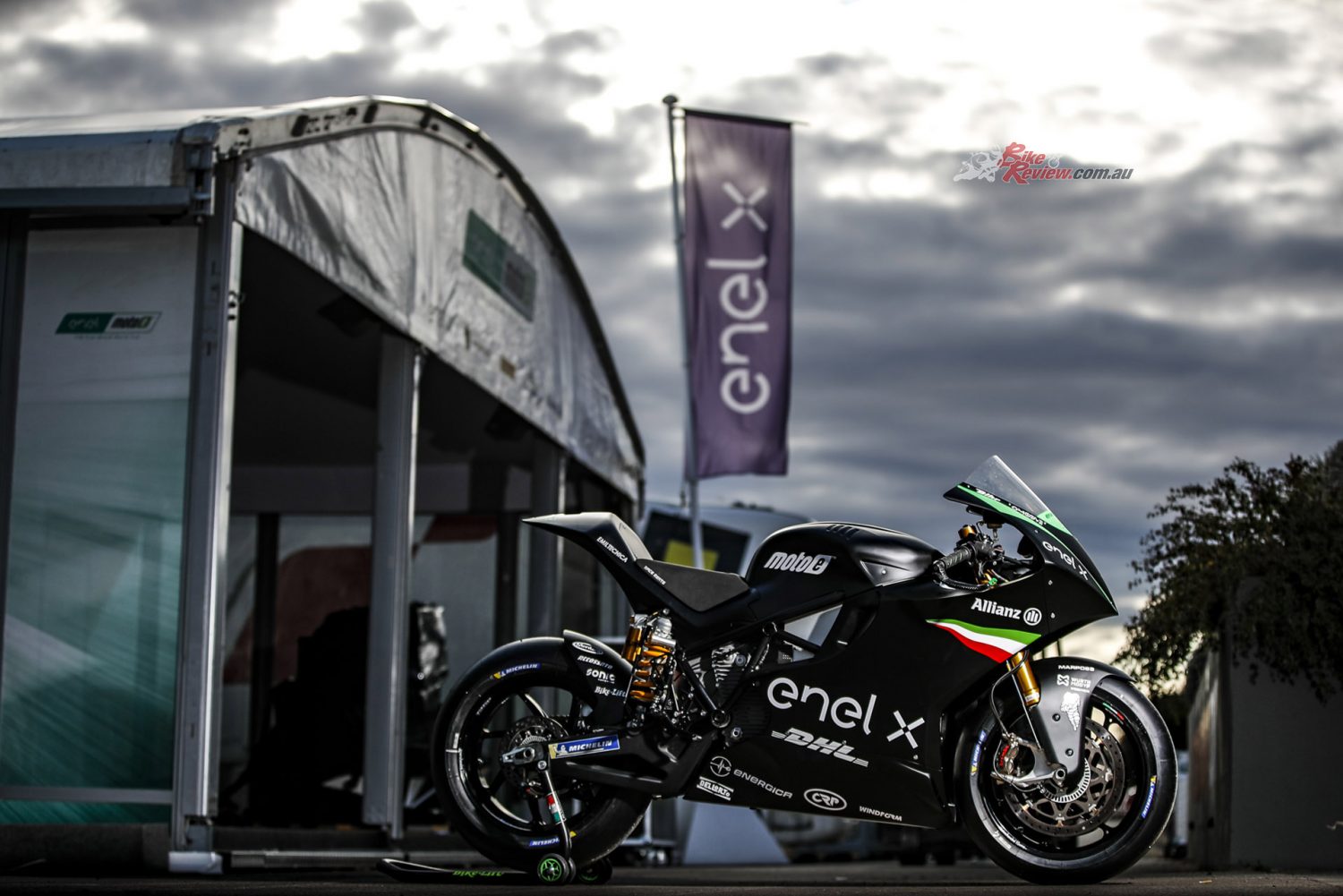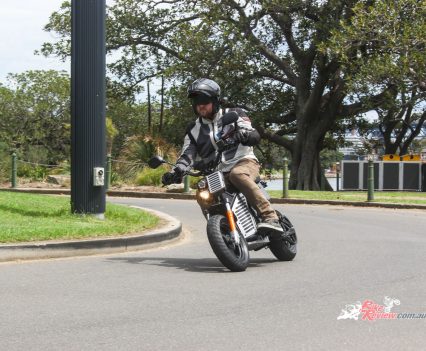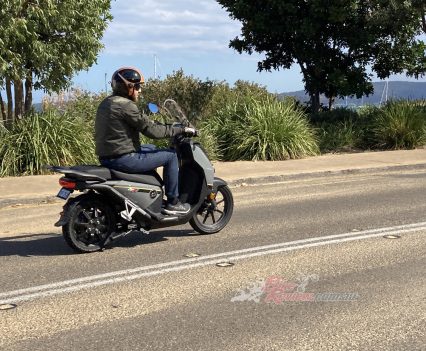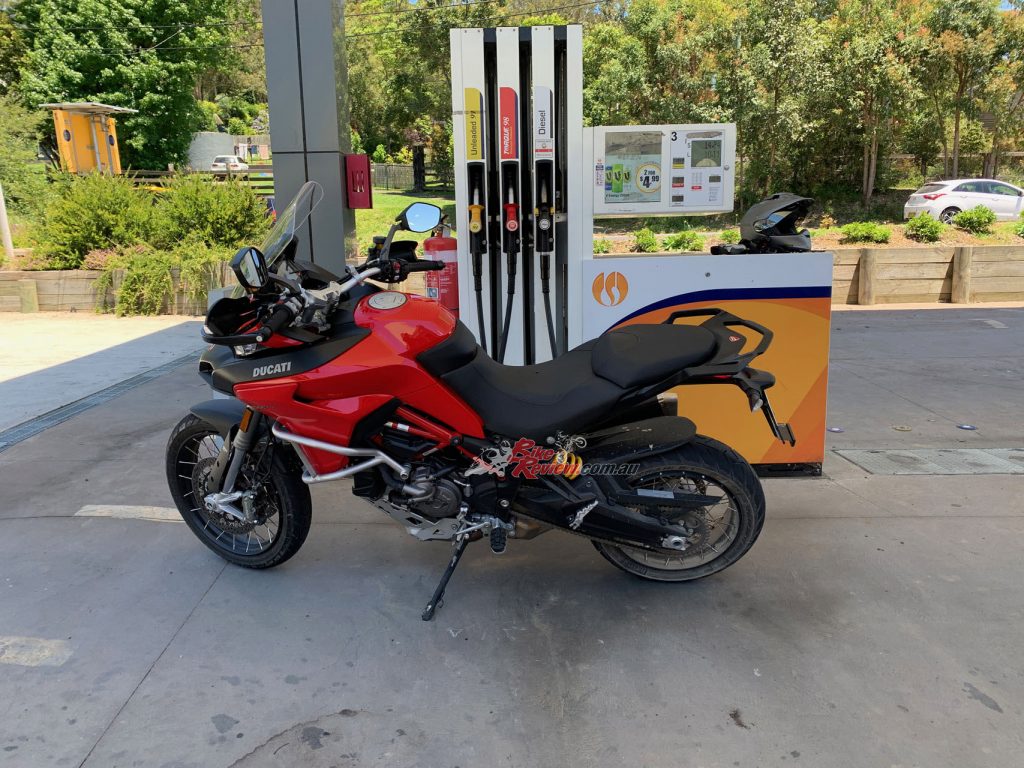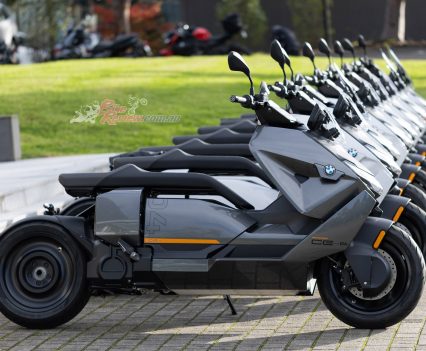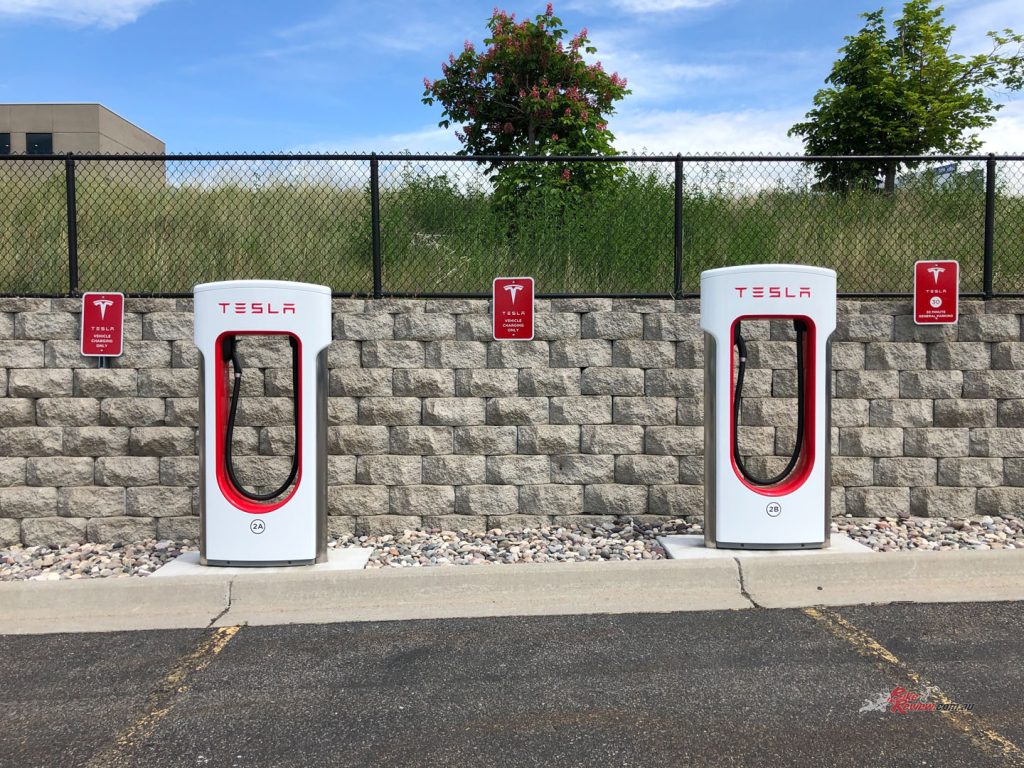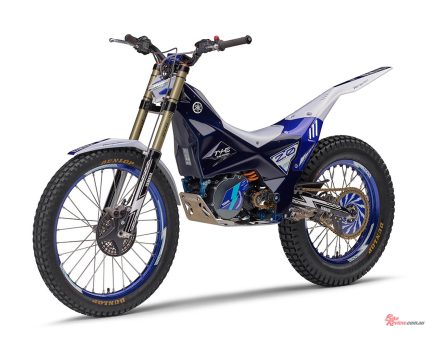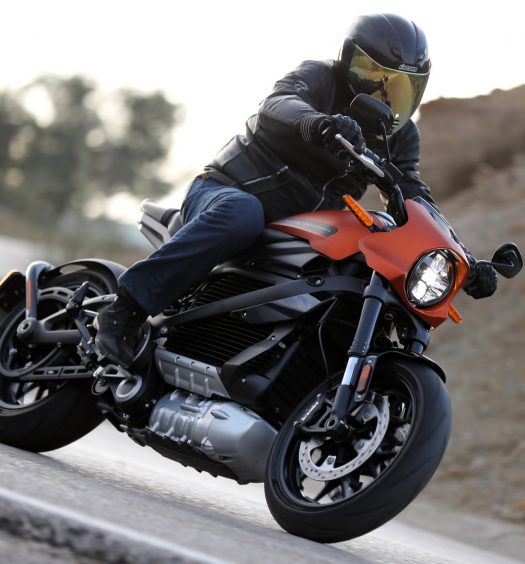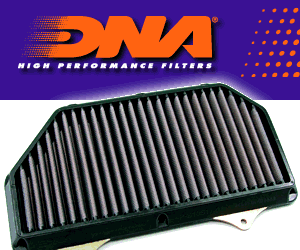Hang onto your bike! Is the EU really banning all internal combustion-powered vehicles by 2035? The Bear tries to make sense of the 2035 emissions target... Words: Peter Thoeming
Chances are that, like me, you couldn’t find Luxembourg on a map. But on the 29th of June, this year, a decision was made there that will affect you directly well before the date on which the decision theoretically applies in 2035. Does that sound confusing?
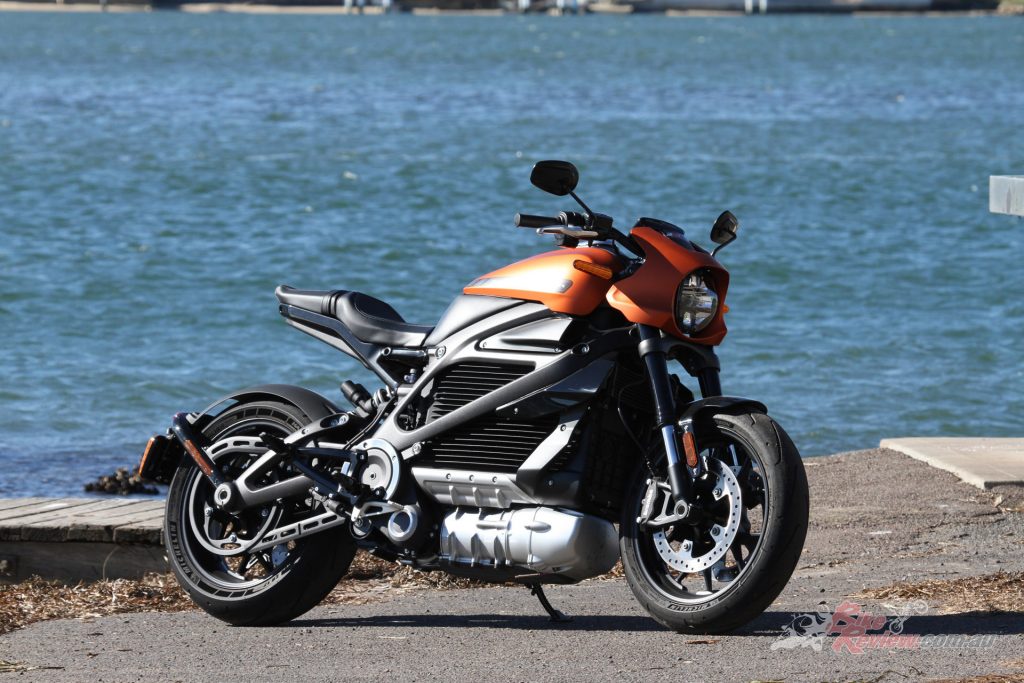
Will the time ever come when we have to scrounge around to find fuel for our bikes? It’s sounding like 2035 marks the year where we will all be buzzing around on electric bikes…
Well, many decisions by the various EU authorities sound confusing, mainly because they are. Let’s have a look at what actually happened and is likely to happen in future.
On that date in Luxembourg, and after more than 16 hours of negotiation, environment ministers from the 27 countries of the EU agreed to sign a memorandum to ban sales of new cars and vans powered by gasoline and diesel engines by 2035. Or that’s the way it has been reported. In reality, they agreed to introduce a 100% CO2 emissions reduction target for new cars and vans by 2035.
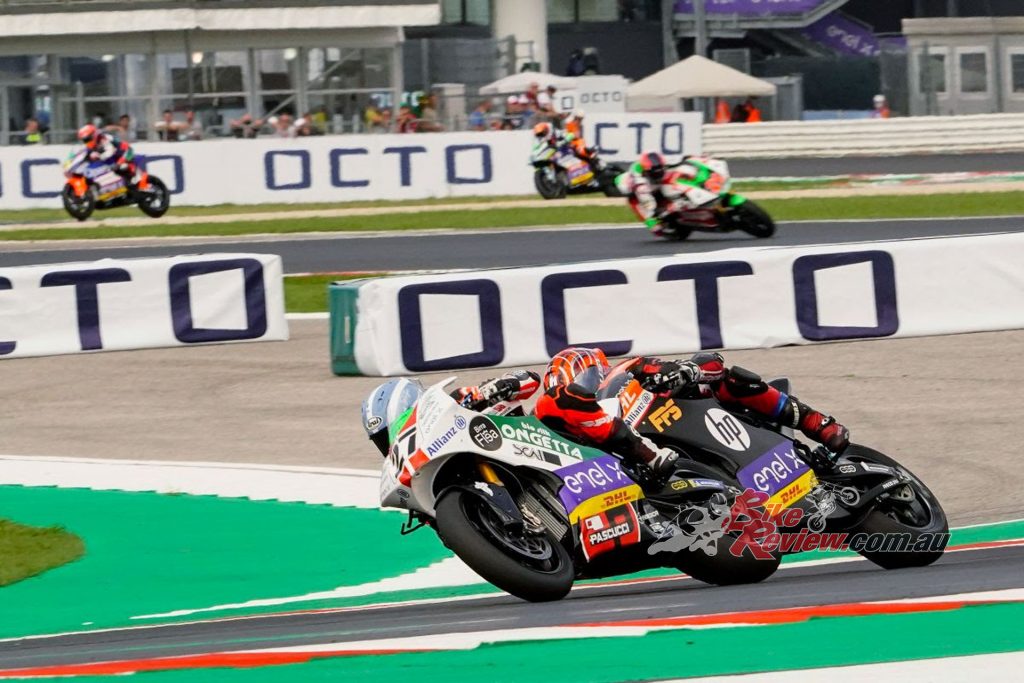
Eco fuel is the future for existing internal combustion motorsport. But with the new regulations, we might see MotoE become the premier class.
So technically speaking, the 2035 ban calls for a complete reduction of emissions without mentioning the internal combustion engine (ICE). Incidentally, the European Parliament also wants to outlaw sales of used petrol- and diesel-powered vehicles, but that has not been agreed to. Not that the idea is dead; further negotiations will take place, but the new vehicle emission reduction is now set in stone.
There are also staged reductions along the way. By 2030, for example, all new cars will need to reduce their emissions by 55 per cent, while commercial van emissions will have to be cut by 50 per cent. Motorcycles powered by ICEs or anything else are not mentioned in the agreement, although you can bet that they will be added when the powers-that-be remember that such things exist.

There are also staged reductions along the way. By 2030, for example, all new cars will need to reduce their emissions by 55 per cent, while commercial van emissions will have to be cut by 50 per cent.
This leaves the door open for combustion engines running on alternative fuels such as the synthetic fuel being developed by Porsche. Those fuels are however likely to be considerably more expensive than current petrol or diesel. They are unlikely to be a straight swap, either cost- or technology-wise.
Given the size of the European vehicle market, the effective ban on ICEs means their eventual disappearance all over the world including Australia. The effect will go way beyond the borders of the European Union since it won’t be feasible for the likes of Volkswagen or BMW to develop ICE cars they won’t be able to sell in the EU.
The same limitation will apply to motorcycle manufacturers, and not only in Europe, because the European market is so important for large-capacity bikes. No doubt the Chinese, Indian and Japanese bike makers will continue to develop and build small capacity ICE bikes, because the market for those is in the Third World.
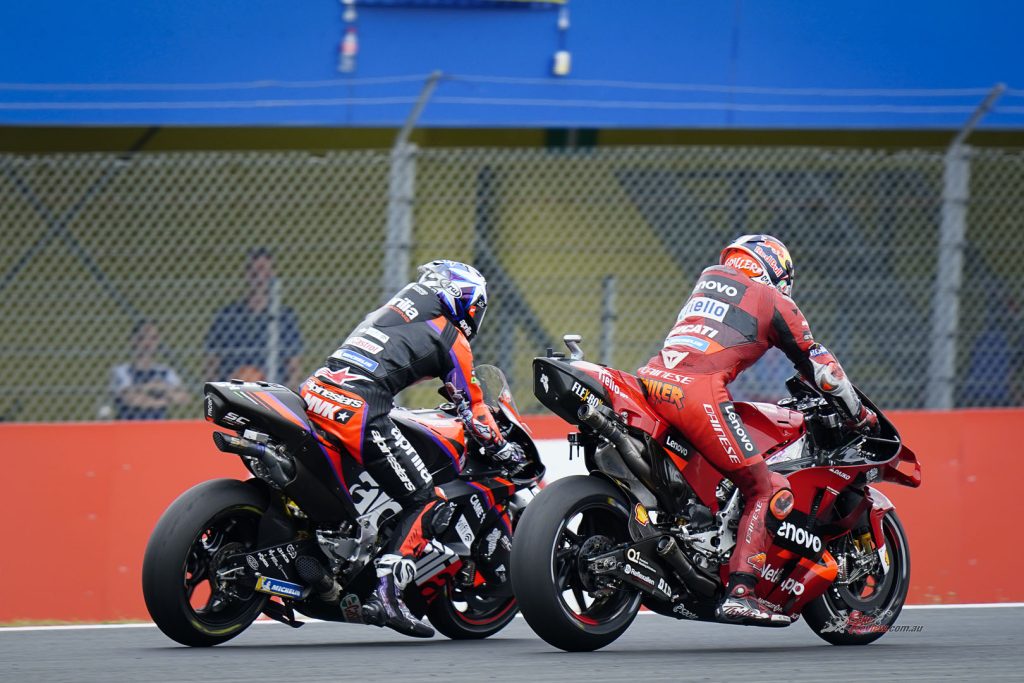
Formula 1 will be running on synthetic fuel before the end of the decade, followed by all other ICE racing.
Electricity, rather than synthetic fuels, is what manufacturers are going for in Europe. This decision will have huge consequences across the vehicle industry as manufacturers accelerate the switch to EVs. Serious as this is for automakers, motorcycle manufacturers will be affected even more because major companies’ shift to electric power is not as advanced. Staged targets in 2030 will be difficult for motorcycle manufacturers to reach; once again, there is no mention of bikes in the legislation, but it is likely that the same rules will apply.
Negotiations between the Parliament and EU member states later this year will determine the final shape of the law, but let’s not beat about the bush: as far as motorcyclists are concerned, just about all motorcycles currently built by major manufacturers will gradually disappear from the market until they’re all gone by 2035. You’ll be well advised to look after your current bike.
The one light on the horizon for motorcycles is an amendment proposed by the Italian government which would exempt manufacturers with fewer than 100,00 registrations a year from most of the emission reductions. That would see the likes of MV Agusta, Aprilia, Moto Guzzi and Ducati surviving with their current engines, although it would mean BMW and KTM would need to trim production – unless that figure applies solely to registrations within the EU.
Eventually, of course, you simply would not be able to buy petrol but with a bit of luck that would be after anybody reading this had stopped riding. And let’s not forget that we do need to save the planet. It’s just that some ideas seem more sensible than others.
Editor’s Note: If you are reading this article on any website other than BikeReview.com.au, please report it to BikeReview via our contact page, as it has been stolen or re-published without authority.

